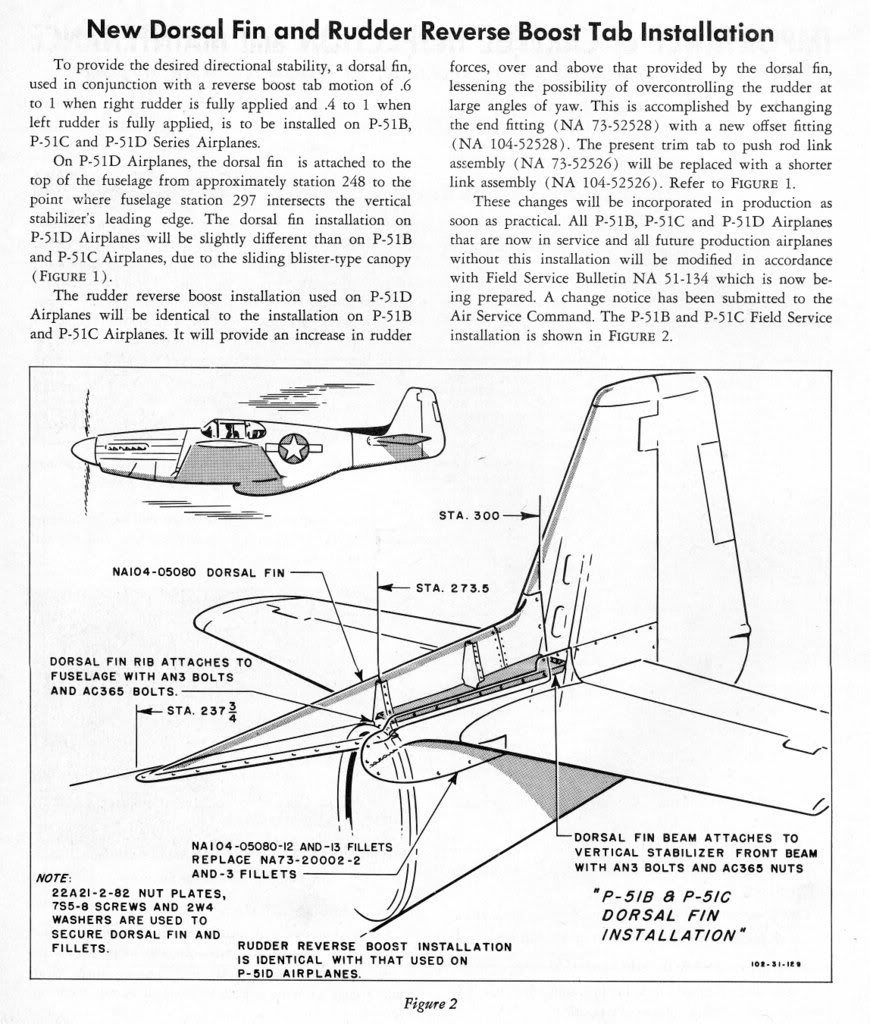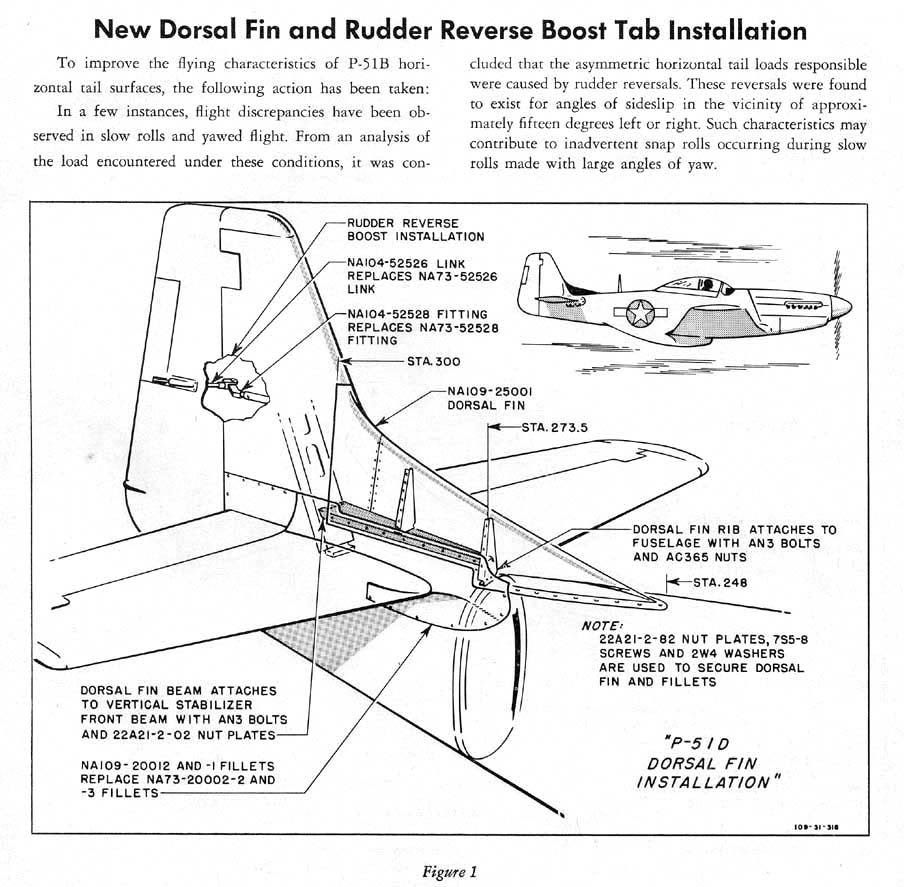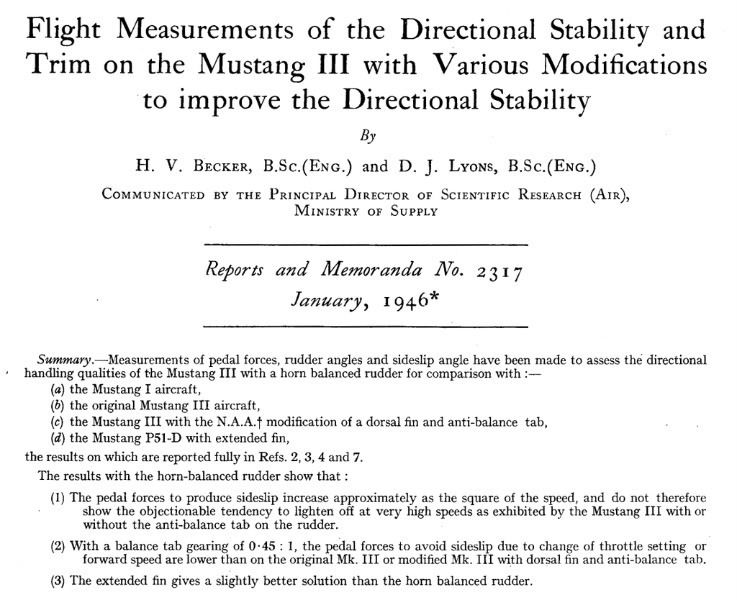Like many here, I received a nasty surprise the first time I tried to take to the skies in the A2A P-51D. I pretty-much took for granted that I'd be able to keep any aircraft that FSX could throw at me on the runway during take off. The A2A Spit had never presented too much of a problem provided I used proper technique with smooth and gradual introduction of power.
However, the P-51 was all over the place!
What puzzles me a bit is this: if the P-51D and previous marques really demonstrate yaw instability which is this poorâ€â€and I'm not suggesting it doesn'tâ€â€why did they build ten-and-a-half thousand of 'em before they introduced the taller vertical stabilizer on the P-51H?
I appreciate that the fillet forward of the fin that was introduced with the P-51D was an attempt to address the yaw instability (particularly I gather with the addition of the fuselage fuel tank and cut down rear fuselage). However, given the redesigned tail on the 'H' model it was presumably never really considered to be solution to the issue. I'd guess it was felt that increasing the size of the vertical stabilizer in the P-51D would compromise performance too much at a time when every knot was important. In general terms, modifications to the tail surfaces of WWII types seems to have been one of the most common alterations, though perhaps more so in multi-engine types.
I'm rather curious as to how daunting a prospect take off in a fully-fuelled, fully-armed P-51B/C/D was for even an experienced pilot. How prone to take off accidents was the P-51? I still find take off to be more of a hazard than landing, and it's perhaps the only aircraft in FSX in which I've genuinely 'bought it' on take off when not doing anything ostensibly silly*.
Nick
*Such as fiddling with the undercarriage selector on the P-40 and not paying attention to airspeed...


